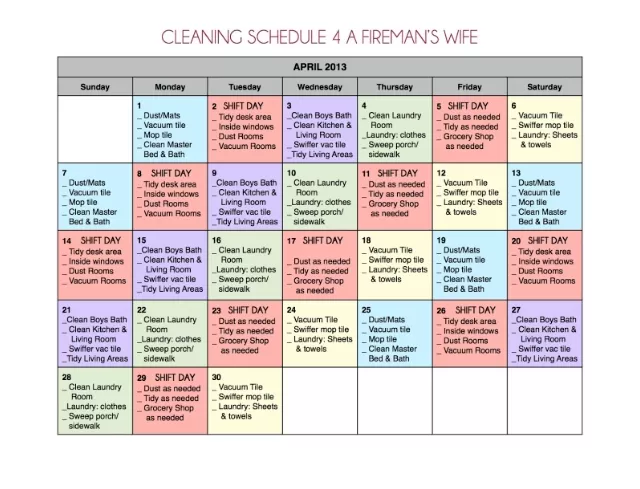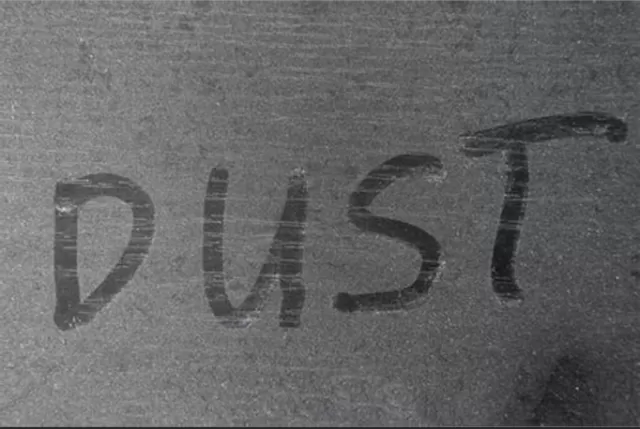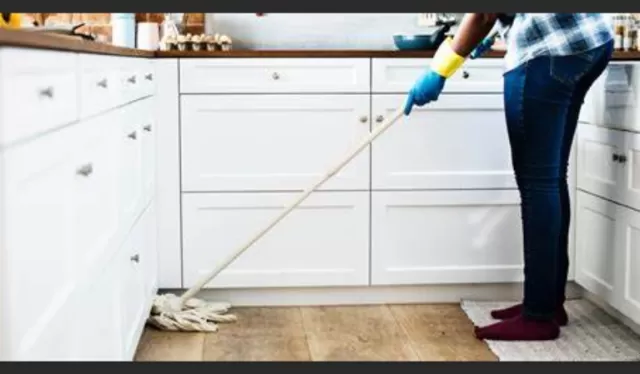Dust Mastery: The Proper Way to Dust Your Home. Dust buildup is an unavoidable occurrence in every home, but with the right approach, it can be managed to improve Air Quality and reduce allergens. Here are some tips on how to dust effectively and keep your home cleaner:
Use the Right Tools:
Opt for microfiber cloths or dusters that effectively trap and hold onto dust particles instead of spreading them around. Avoid using feather dusters or dry cloths that can disperse dust back into the air.
Start from the Top:
Begin dusting at the highest points in the room, such as shelves and ceiling corners, and work your way down to lower surfaces. This ensures that any dislodged dust settles on areas you haven’t cleaned yet.
Work systematically:
Dust one room at a time and move methodically through each space. This helps prevent dust from resettling on surfaces you’ve already cleaned.
Pay Attention to Overlooked Areas:
Don’t forget to dust often-overlooked areas like lampshades, light fixtures, and baseboards. These surfaces can harbor significant dust.
Vacuum Regularly:
Use a vacuum cleaner with a HEPA filter to capture fine dust particles from floors and carpets. Pay attention to corners and edges where dust tends to accumulate.
Wash Bedding and Curtains:
Launder bedding and curtains regularly to reduce dust mites and allergens. Use hot water to wash bedding and choose washable curtains when possible.
Control Humidity:
Maintain indoor humidity levels between 30-50% to reduce dust mites. Consider using a dehumidifier in damp areas.
Rotate and Clean Items:
Regularly rotate and clean items on shelves to prevent dust from settling. Wipe down books, decor, and other items to minimize dust accumulation.
Use Air Purifiers:
Consider using air purifiers with HEPA filters to capture airborne dust particles and improve overall air quality.
Regular Maintenance:
Dusting is most effective when done regularly. Establish a routine based on your home’s needs to prevent excessive dust buildup.
By adopting these dusting tips and making it a regular part of your cleaning routine, you can create a healthier and cleaner living environment for you and your family.
Establishing a Regular Dusting Routine

The frequency of your dusting endeavors should be tailored to specific factors such as the number of occupants in your home, the presence of pets, and individual sensitivities to dust accumulation.
Adhering to a general guideline, a weekly dusting session proves effective in minimizing airborne particles. However, the adaptability of this schedule allows for customization based on your unique circumstances.
Feel free to modify the cadence, opting for more or less frequent dusting as dictated by the dynamics of your living environment. Consistency in maintaining a dusting schedule is key to ensuring a cleaner and more comfortable living space.
Efficient Dusting Technique: Top to Bottom
Optimizing your dusting routine involves adopting the most effective strategy: dusting from top to bottom.
Kathy Cohoon, Director of Franchise Operations at Two Maids, emphasizes the importance of this approach, stating, “Let’s say you are dusting a dresser and starting with the bottom drawer. By the time you get to the top, you will have to redo all the lower surfaces from dust falling downward. ” This principle extends to a comprehensive home cleaning strategy as well. When cleaning your entire home, initiate the process from the highest points, such as Ceiling Fans, and systematically work your way down to the floor. Embracing this top-to-bottom methodology ensures a more thorough and efficient dusting process, minimizing the need for rework and enhancing the overall cleanliness of your living spaces.
Strategic Dust Management: Identifying Dust-Prone Areas

Effectively managing dust buildup involves recognizing specific areas in your home that are more prone to accumulating dust.
Understanding these locations enables you to implement targeted cleaning strategies for optimal results.
Electronics: Electronics, characterized by static charges, readily attract dust.
To clean them effectively, Kathy Cohoon advises powering off devices first, then using canned air or a microfiber cloth for a thorough dusting.
Books: Bookshelves are notorious dust collectors.
Jennifer Parnell recommends regularly running a dry microfiber towel over books, starting from the spine and working towards the front covers, to maintain a dust-free collection.
Under Furniture: Often neglected, areas beneath furniture, such as under beds or couches, accumulate dust due to their visibility challenges.
Cohoon suggests incorporating more frequent dusting using a vacuum cleaner equipped with a crevice tool.
Household Appliances: Appliances like ovens and vents attract dust through air circulation.
Cohoon advises adhering to each appliance’s cleaning standards, using a damp microfiber cloth for effective dust removal.
Window Treatments: Windows trap airborne dust, leading to particle buildup on window treatments.
Jennifer Parnell suggests using a vacuum’s dusting or upholstery attachment from top to bottom for curtains or across upholstery. Alternatively, a damp microfiber towel can be used to wipe any remaining areas.
By being mindful of these dust-prone areas and implementing targeted cleaning techniques, you can maintain a cleaner and healthier living environment.
Selecting the Right Dusting Tools for Optimal Results
Achieving effective dusting requires careful consideration of the tools you employ.
According to Jennifer Parnell, choosing tools that prevent dust recirculation is essential for a job well done.
Microfiber Towel: A damp microfiber towel stands out as one of the best dusting tools.
Parnell explains that dust adheres to it, and once the towel is covered, it can be rinsed clean, ready for reuse.
Paint Brushes: Leveraging items from your arts and crafts supplies, paint brushes prove to be excellent for hard-to-reach places.
Kathy Cohoon suggests their soft bristles, reducing the likelihood of causing damage during use.
Vacuum With Dust Attachment: For a comprehensive dusting approach, a vacuum with a HEPA filter and sufficient power is invaluable.
Parnell recommends utilizing the dusting attachment on blinds, bookshelves, staircases, and other challenging areas.
Tape: Jennifer Parnell advises using tape or a lint brush to effectively remove dust from lamp shades and various household fabrics, including upholstery, window treatments, furniture, and chairs.
Canned Air: Canned air emerges as a practical option for dislodging dust and crumbs from electronics, such as keyboards.
Parnell notes the importance of subsequent cleaning with vacuuming or wiping to complete the process.
By incorporating these specialized tools into your dusting routine, you enhance the efficiency of your cleaning efforts, ensuring a dust-free and refreshed living space.
Steer Clear of Ineffective Cleaning Supplies

Choosing the right cleaning supplies is crucial to prevent the inadvertent redistribution of dust into the air, which can be counterproductive and potentially harmful, according to Jennifer Parnell.
Some cleaning items are less suitable for dusting tasks, and caution is advised in their use.
Avoid Dust-Redistributing Supplies: Parnell warns against cleaning supplies that merely shift dust elsewhere, emphasizing that this practice can be more detrimental than allowing undisturbed dust to settle on surfaces.
Caution with Paper Towels: While paper towels are commonly used for dusting, Kathy Cohoon advises against their use due to their tendency to push dust around rather than capturing it.
Opting for more effective tools, such as microfiber towels, can minimize the need for additional work.
By steering clear of cleaning supplies that contribute to dust redistribution, you can ensure a more efficient and thorough cleaning process, ultimately promoting a healthier indoor environment.
*The information is for reference only.